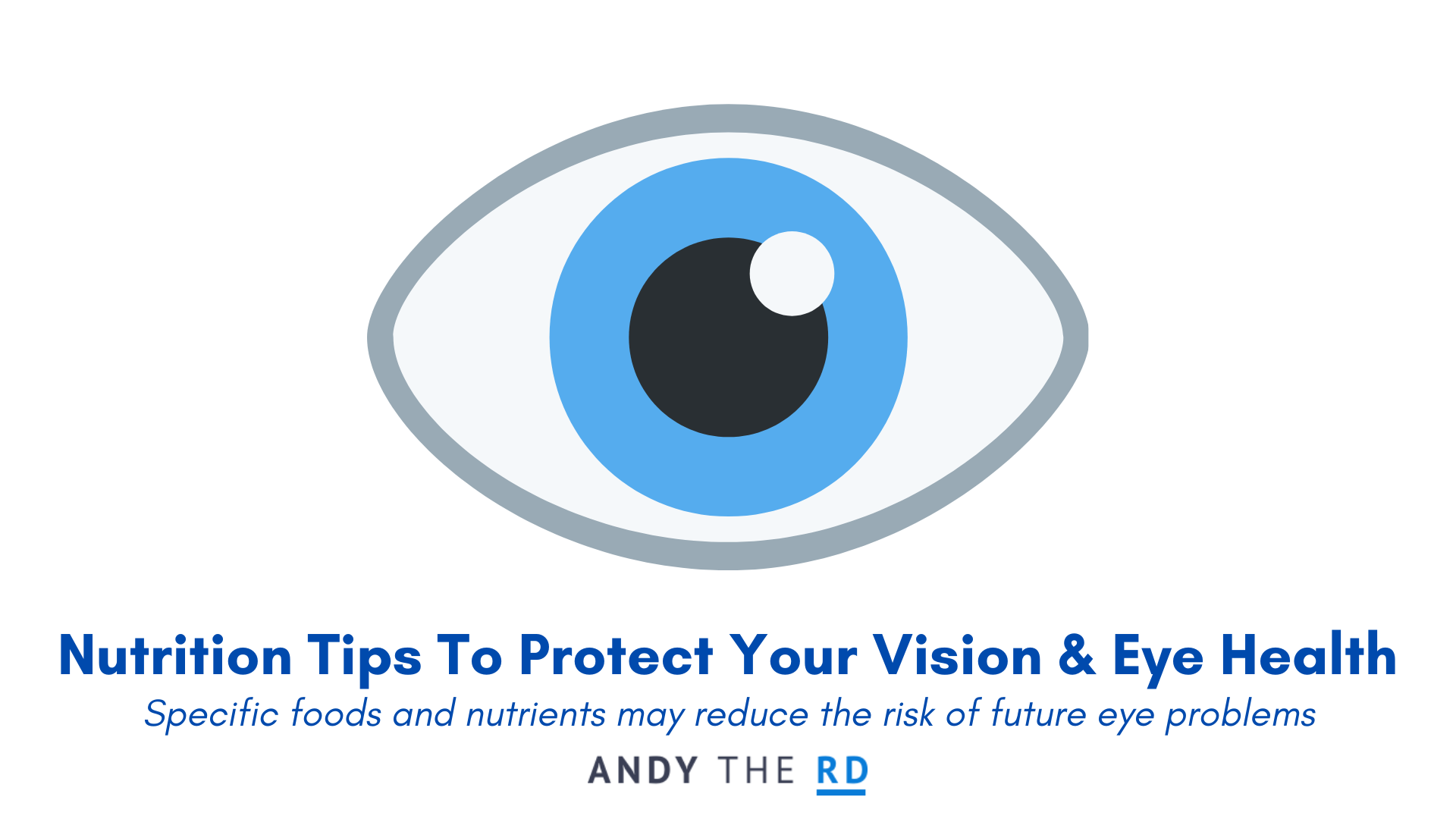The connection between good nutrition and good vision is sometimes underestimated or underappreciated, but there is little question of the fact that key foods and nutrients have significant potential to contribute positively to your eye health in both the short and long -term.
The eye’s are an extremely sensitive organ and two of the nutrients most likely to support their flourishing are lutein and zeaxanthin which are carotenoid antioxidants with strong support from a wide range of human studies.
These compounds are concentrated within the human retina and protect it against blue light and oxidative damage while generally contributing to improved vision and a lower risk of eye-related conditions like cataracts and AMD.
The goal of today’s content is to seamlessly introduce you to the relatively few foods that contain these beneficial compounds.
Let’s get to the good stuff.
The Best Foods For Eye Health & Vision
Cataract is a clouding of the eye lens and considered by the CDC to be the leading cause of vision loss in the United States.
Recent work out of the American Journal Of Clinical Nutrition determined that, in those with low intakes of lutein & zeaxanthin, consuming an additional 10 mg of these compounds per day was associated with a 26% reduced risk of age-related cataract.
Let’s find out how the different ways we can achieve this through our diet.
#1 – Leafy Greens
Another day, another reason to eat your leafy greens.
Spinach and swiss chard are the real powerhouse sources of lutein and zeaxanthin – with one cup cooked of either containing ~20mg combined.
For reference, one cup of my beloved kale has about 6.5 mg – nothing to be ashamed of.
As you can see, the daily inclusion of leafy greens automatically puts you in a very advantageous position regarding long-term eye health.
They’ll also pretty much guarantee you get 100% of your daily Vitamin A.
#2 – Other Green Veggies
Don’t love leafy greens?
Not to worry because other green vegetables like broccoli, brussel sprouts, asparagus, green peppers and peas contain between 1-4 mg of lutein and zeaxanthin per cup.
#3 – Orange Veggies
Yet another reason to eat the rainbow.
Quintessential orange vegetables like carrots, pumpkin and squash contain between 1-2.5 mg of lutein and zeaxanthin per cup.
#4 – Pistachios
I consider nuts an essential food for good long-term health and the fact that 1/3 cup of pistachios contains ~ 1 mg of lutein/zeaxanthin is another reason why.
#5 – Honourable Mentions
Corn, egg yolks and herbs (basil, parsley in this case) are underrated.
They contain small but meaningful amounts of lutein and zeaxanthin so why not make a whole egg omelet with basil and parsley and add some corn for the starch?
Sounds like an eye-health super meal to me.
Bonus – Fatty Fish
My clients and regular content consumers will know how I feel about the uniquely important role of fatty fish for those who enjoy it.
I’ll reiterate here that salmon, sardines, herring and mackerel are the only foods that contain very large amounts of the long-chain omega 3 fatty acids EPA/DHA.
They are also found in small to moderate amounts in other types of fish and seafood.
These omega-3 fatty acids are more often associated with unique health benefits, but that’s not to discount the plant-form of omega 3 (ALA) which is found in flax, chia, walnuts and soy.
Recently published data suggests that frequent fish consumers have the lowest risk of AMD and cataracts, which adds on to the growing body of evidence that long-chain omega 3 fatty acids likely have a unique role to play in maintaining vision and eye health.
Those who don’t consume fish for personal or preferential reasons may need to consider EPA/DHA supplementation in order to fully optimize their health, I explain why in this highly recommended piece of my writing.
Need My Help Putting It All Together?
Although I’ve presented today’s foods as uniquely beneficial for eye health, which they are, the overwhelming reality is that these same foods play a big role in my broader nutrition strategy and also help improve the human body in every single way.
I guide my clients to eat in a way that optimizes all aspects of their health, which includes a nutrition strategy that works towards the daily of consumption of 5-10+ mg of lutein and zeaxanthin from food sources.
If you need professional support and guidance to bring nutrition science to life in your day to day, you’ve come to the right guy – reach out today to learn more about working with me 1-on-1 to take your nutrition to the next level.
Until next time,
Andy De Santis RD MPH



